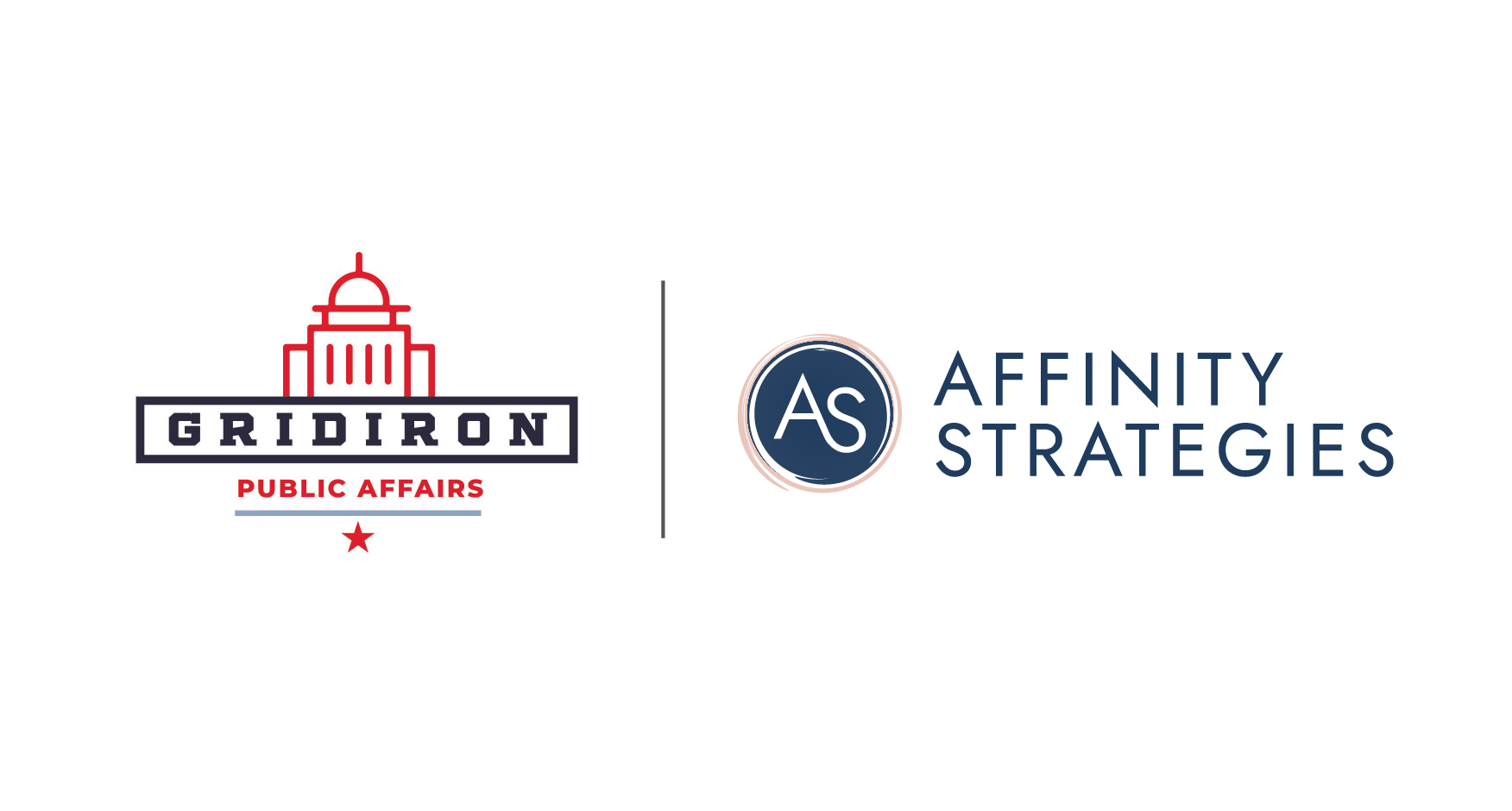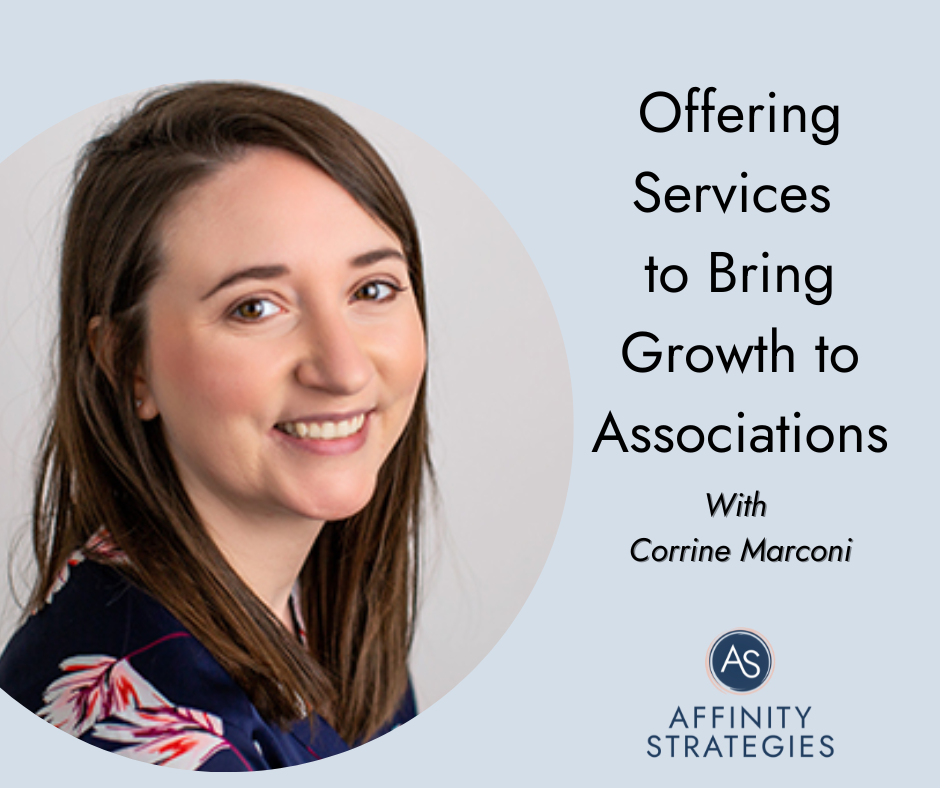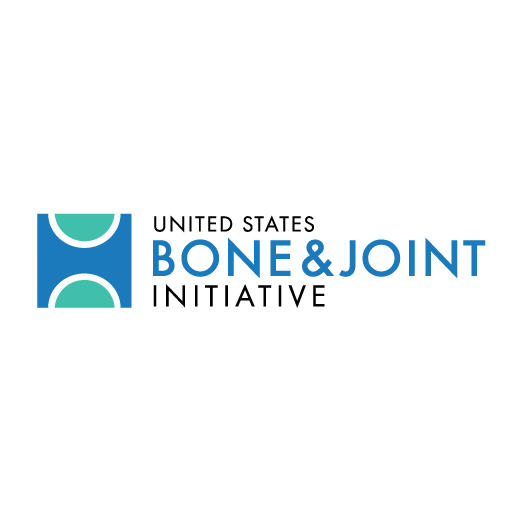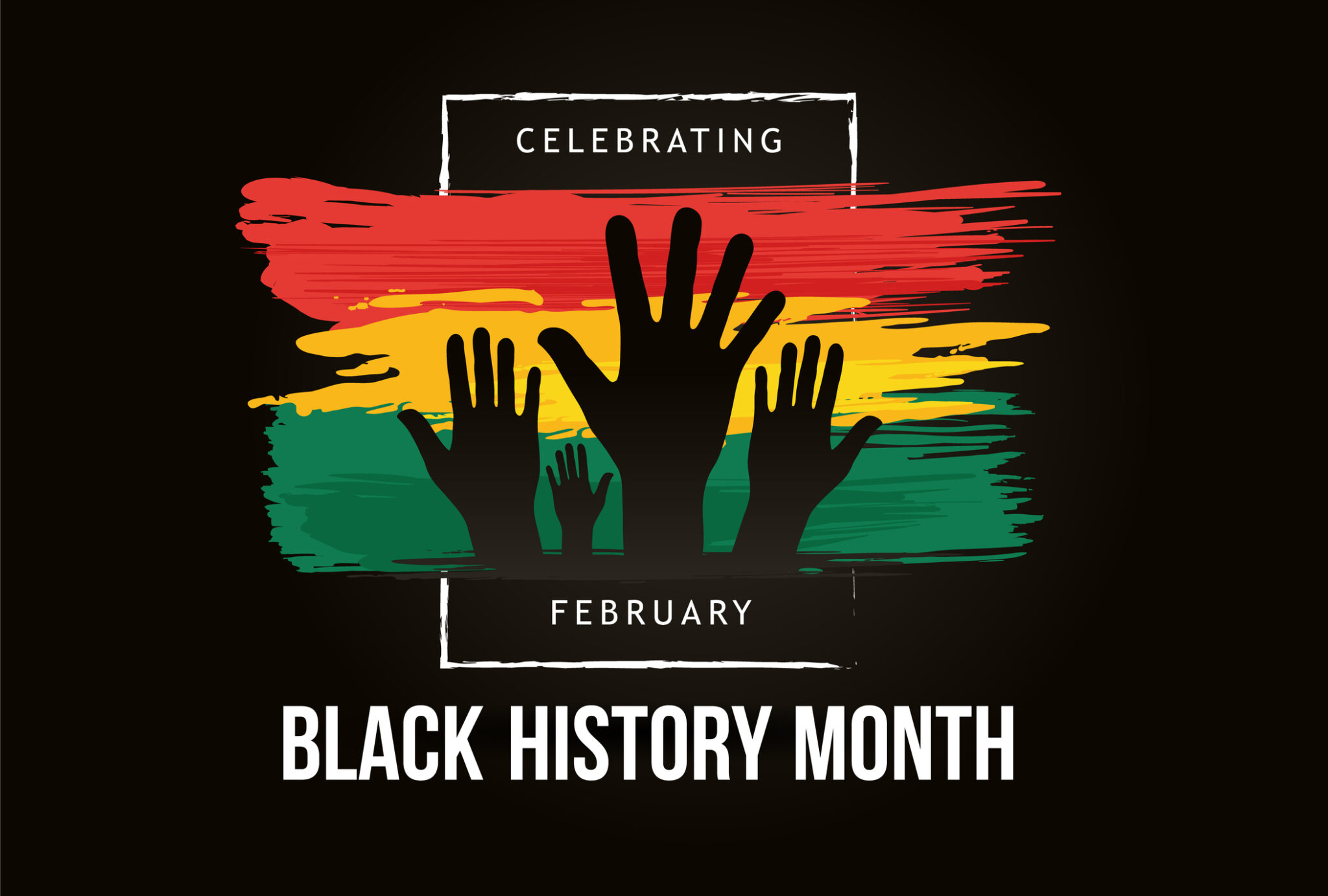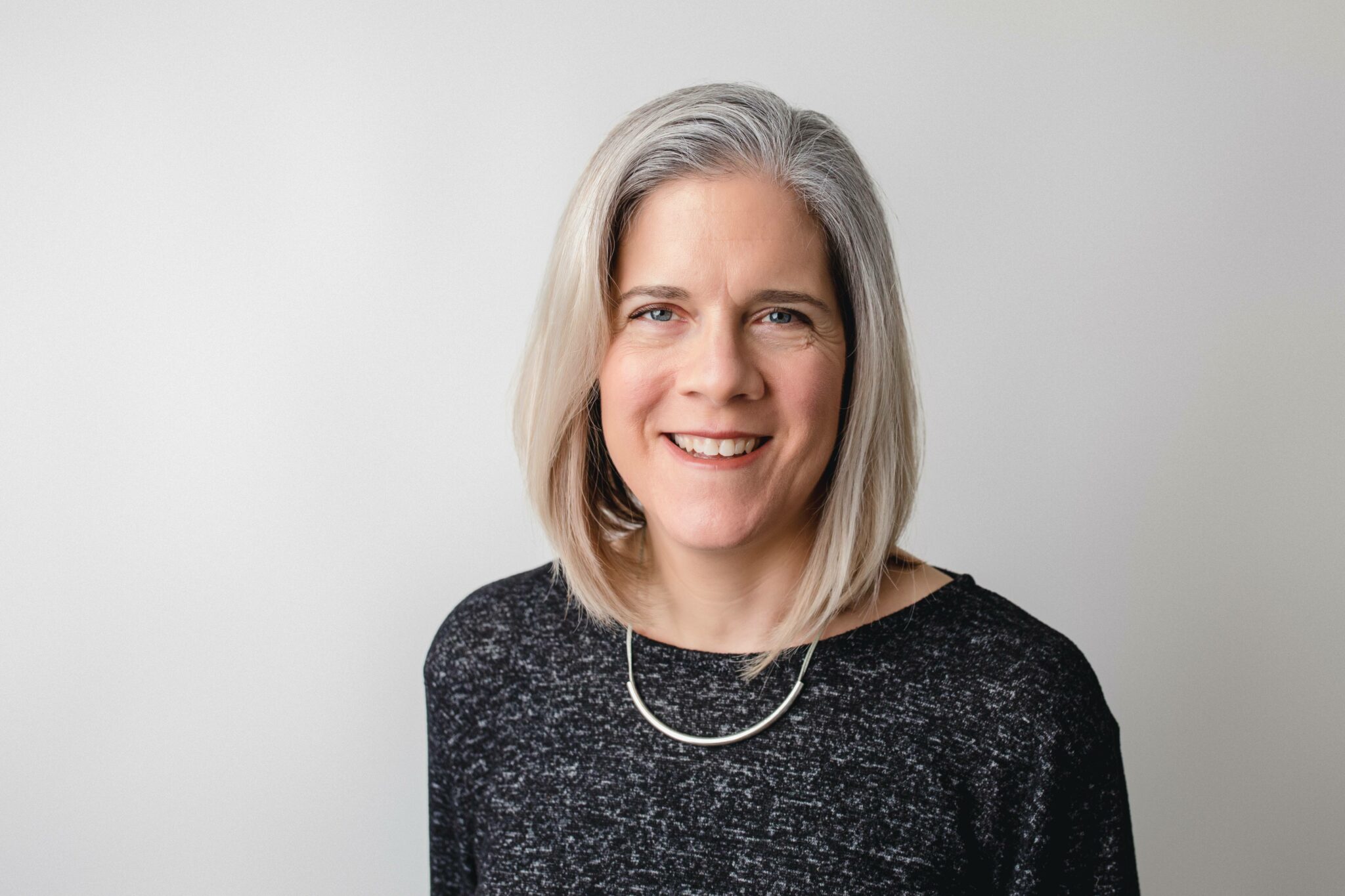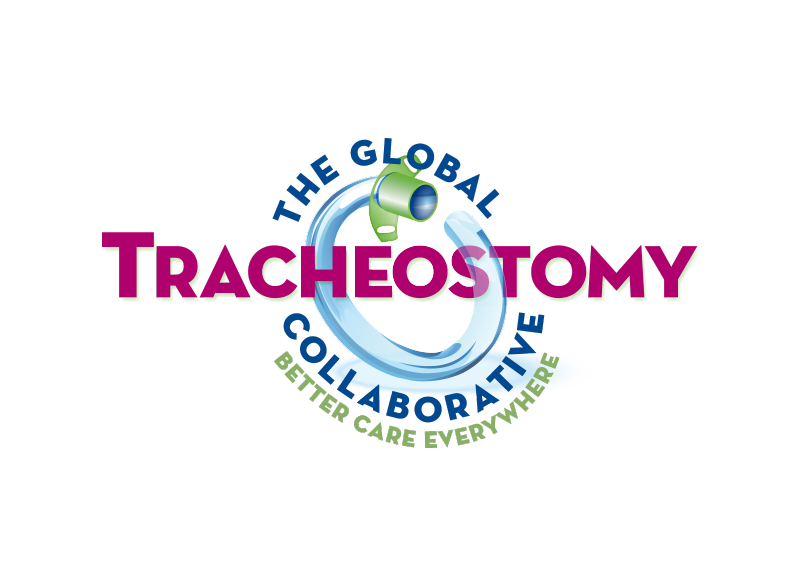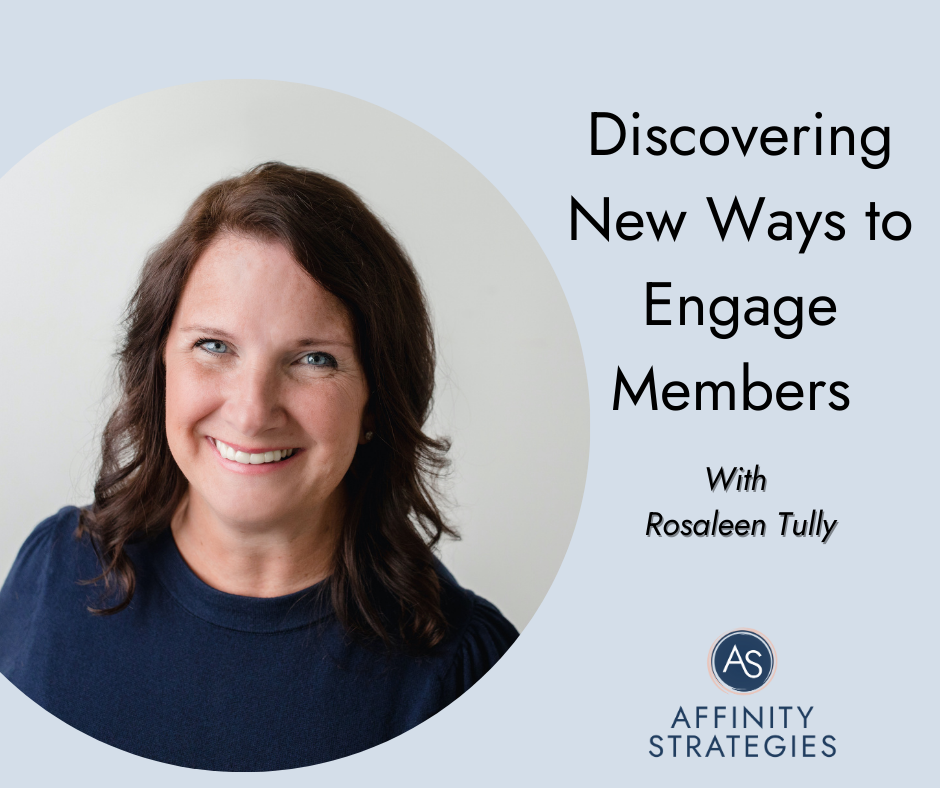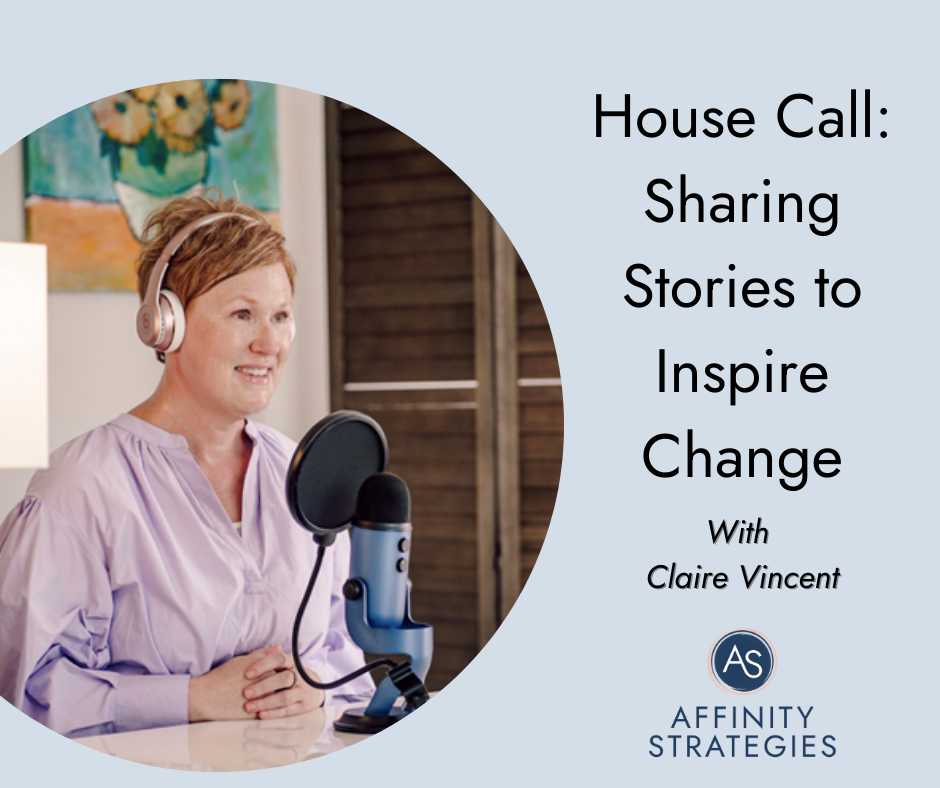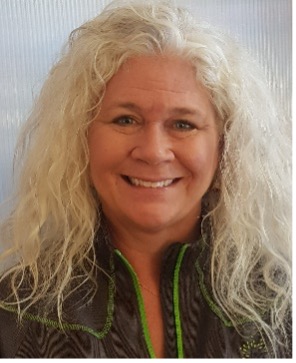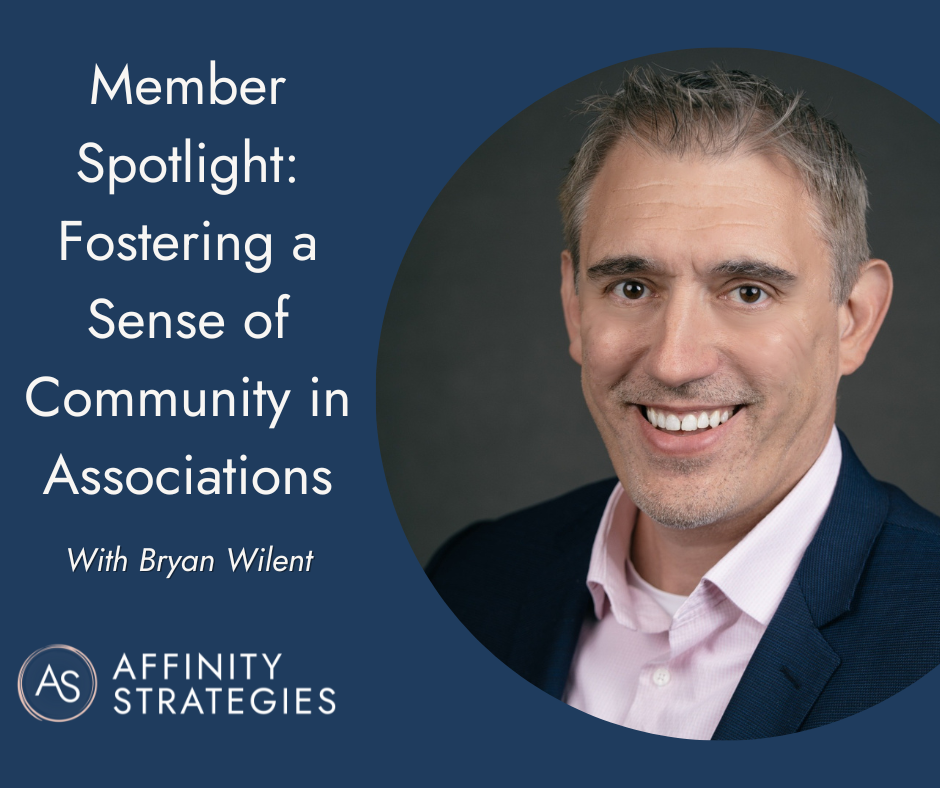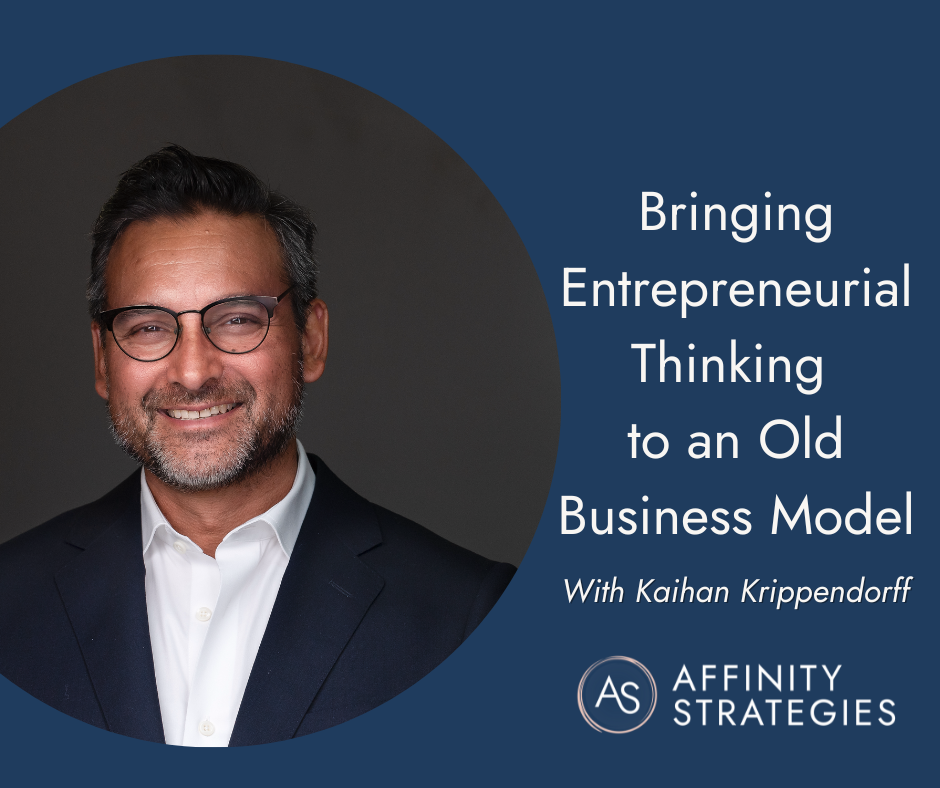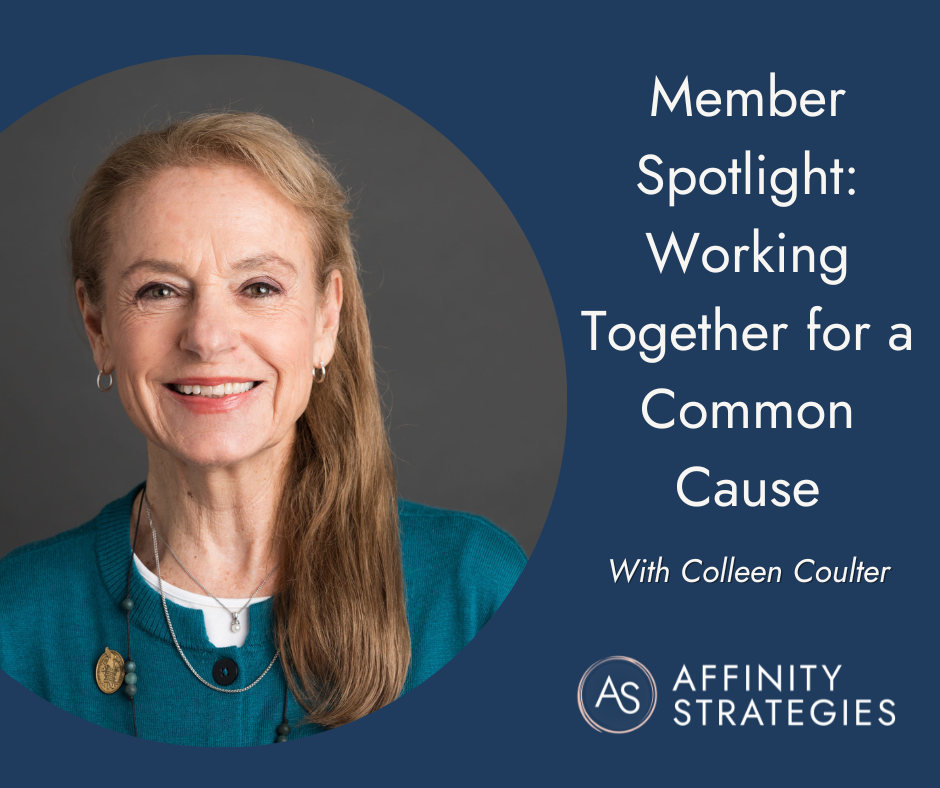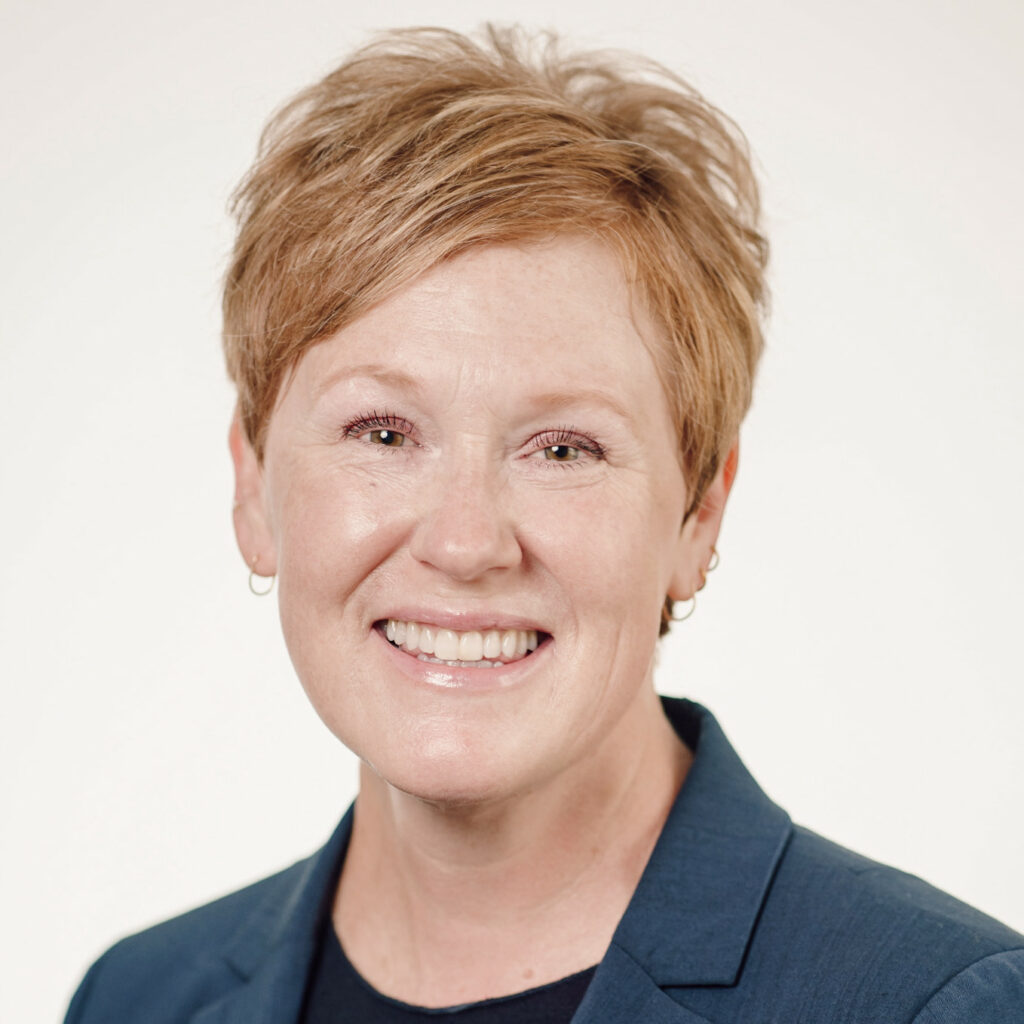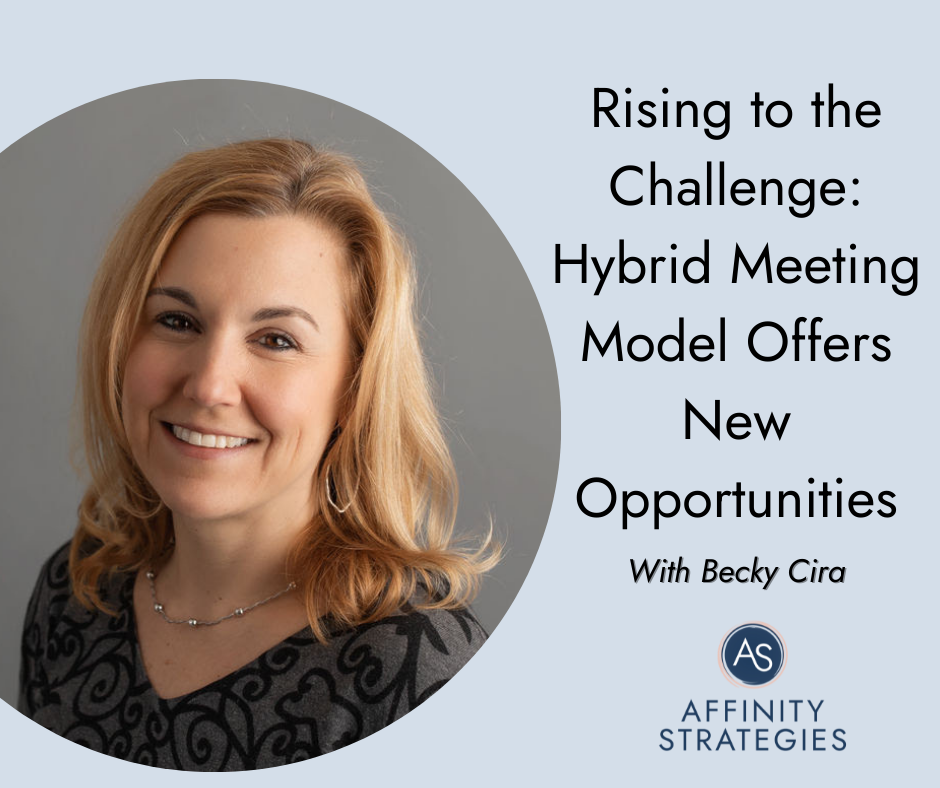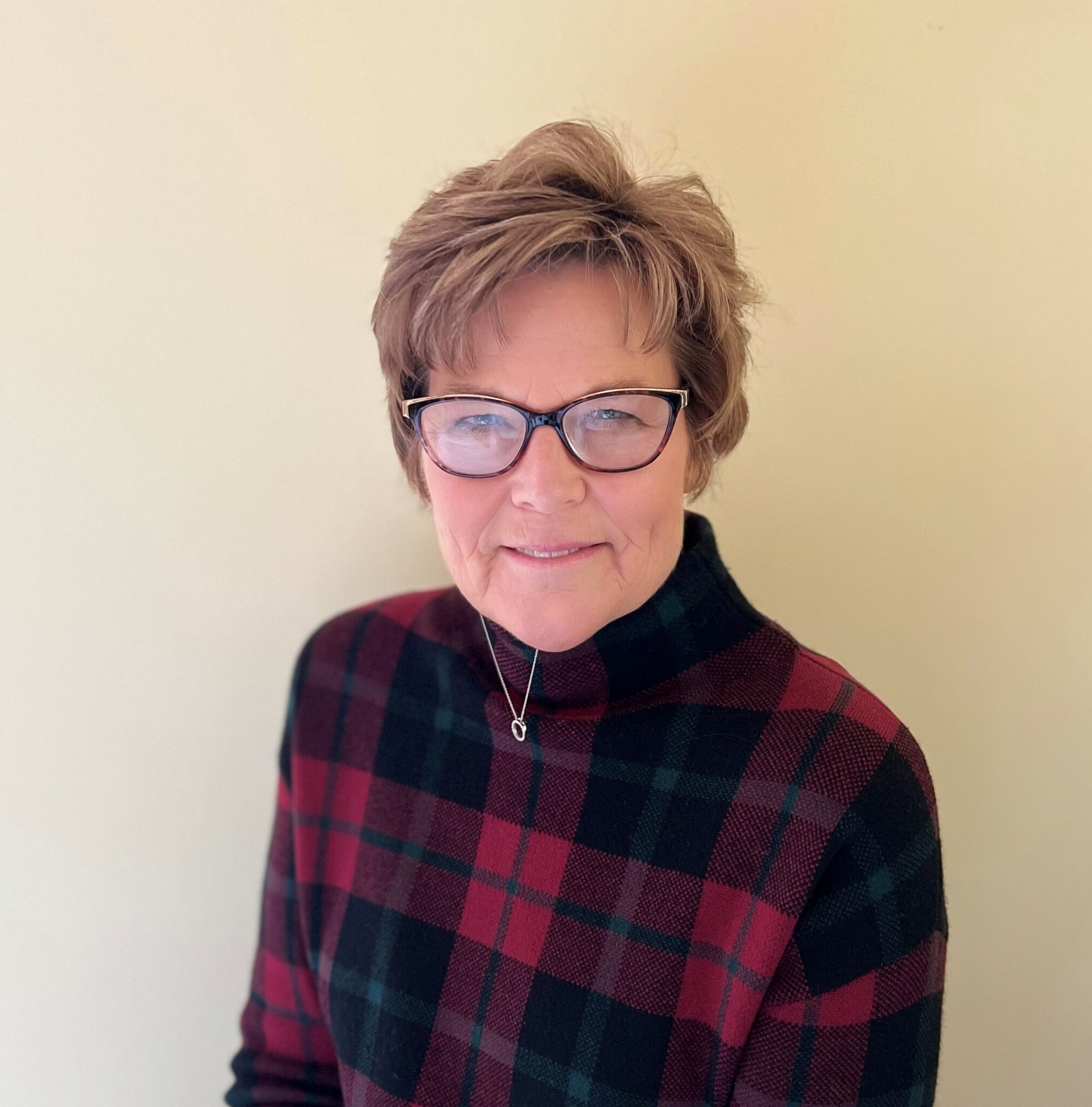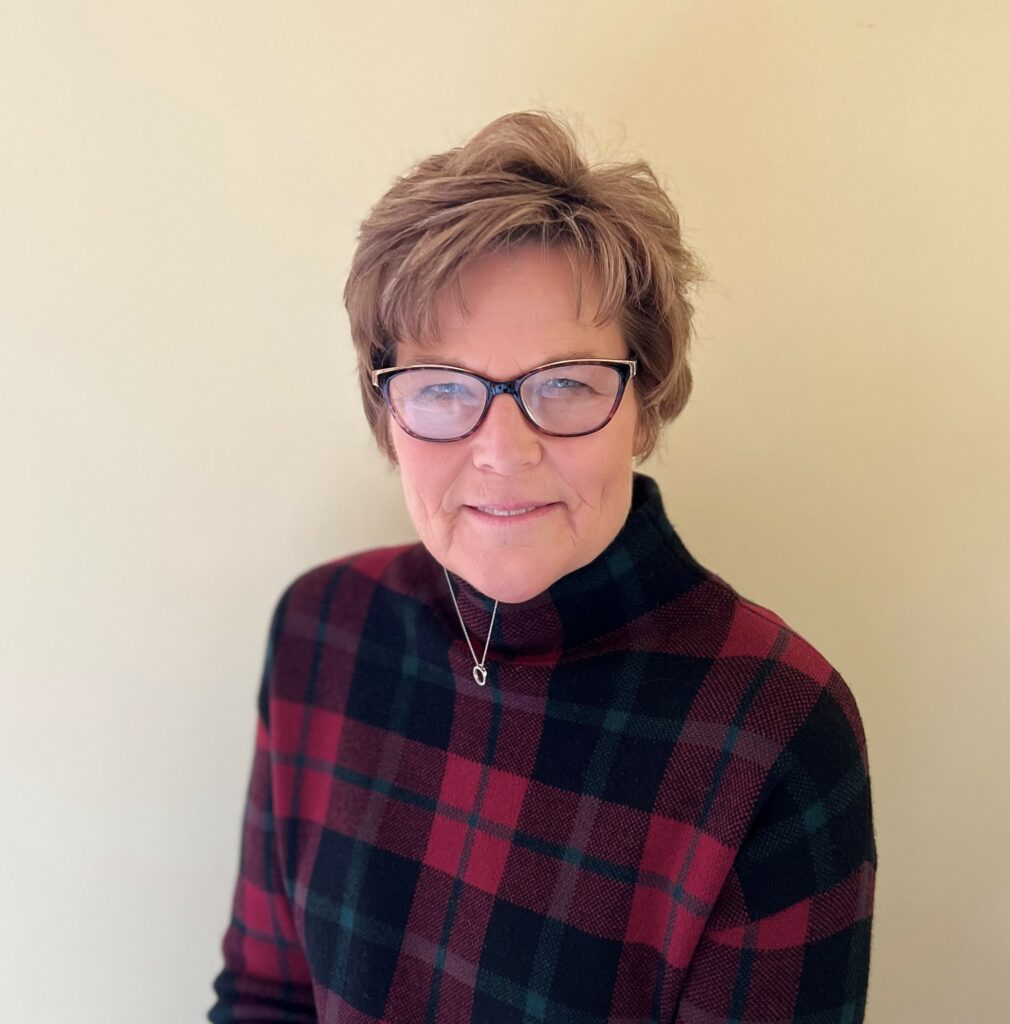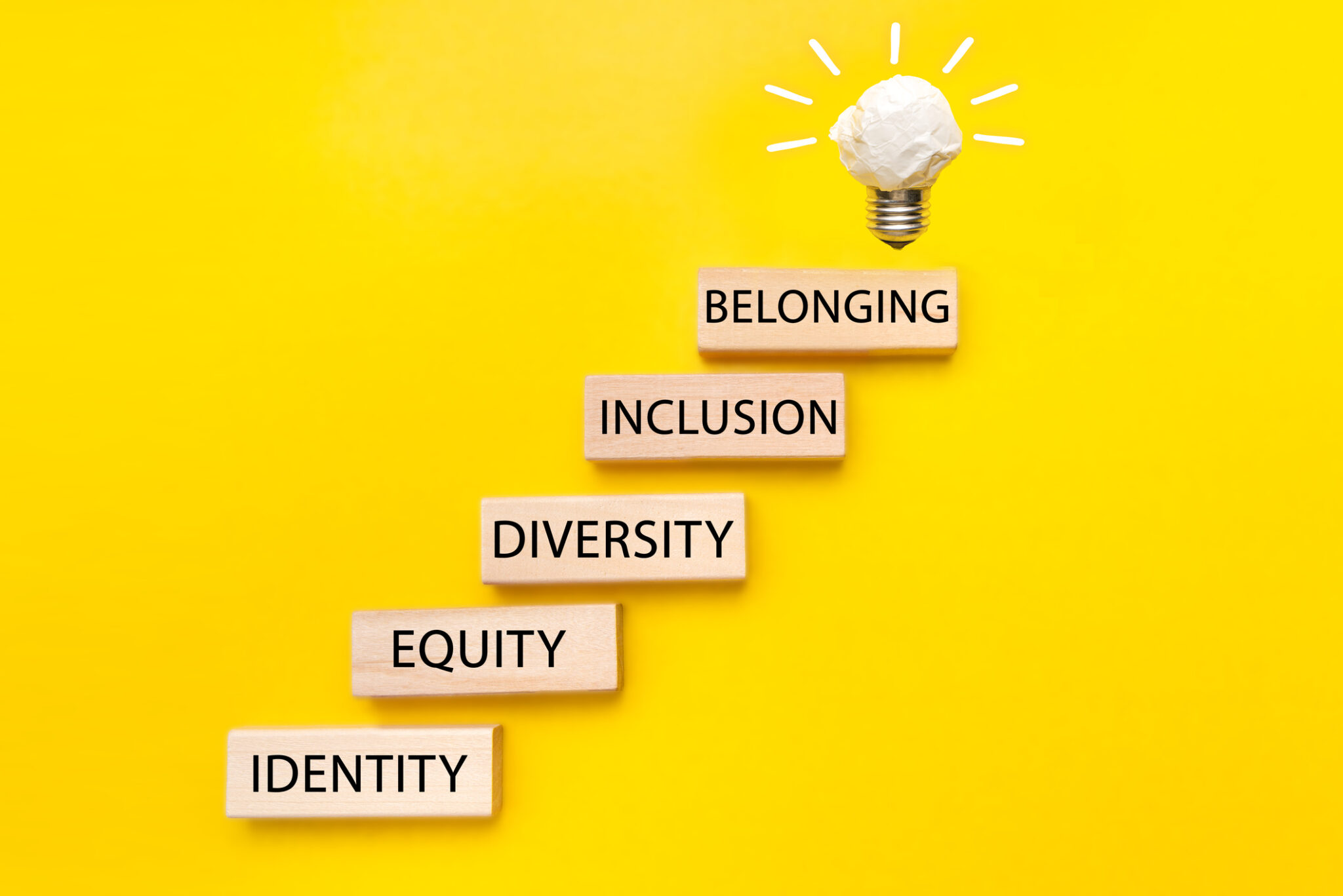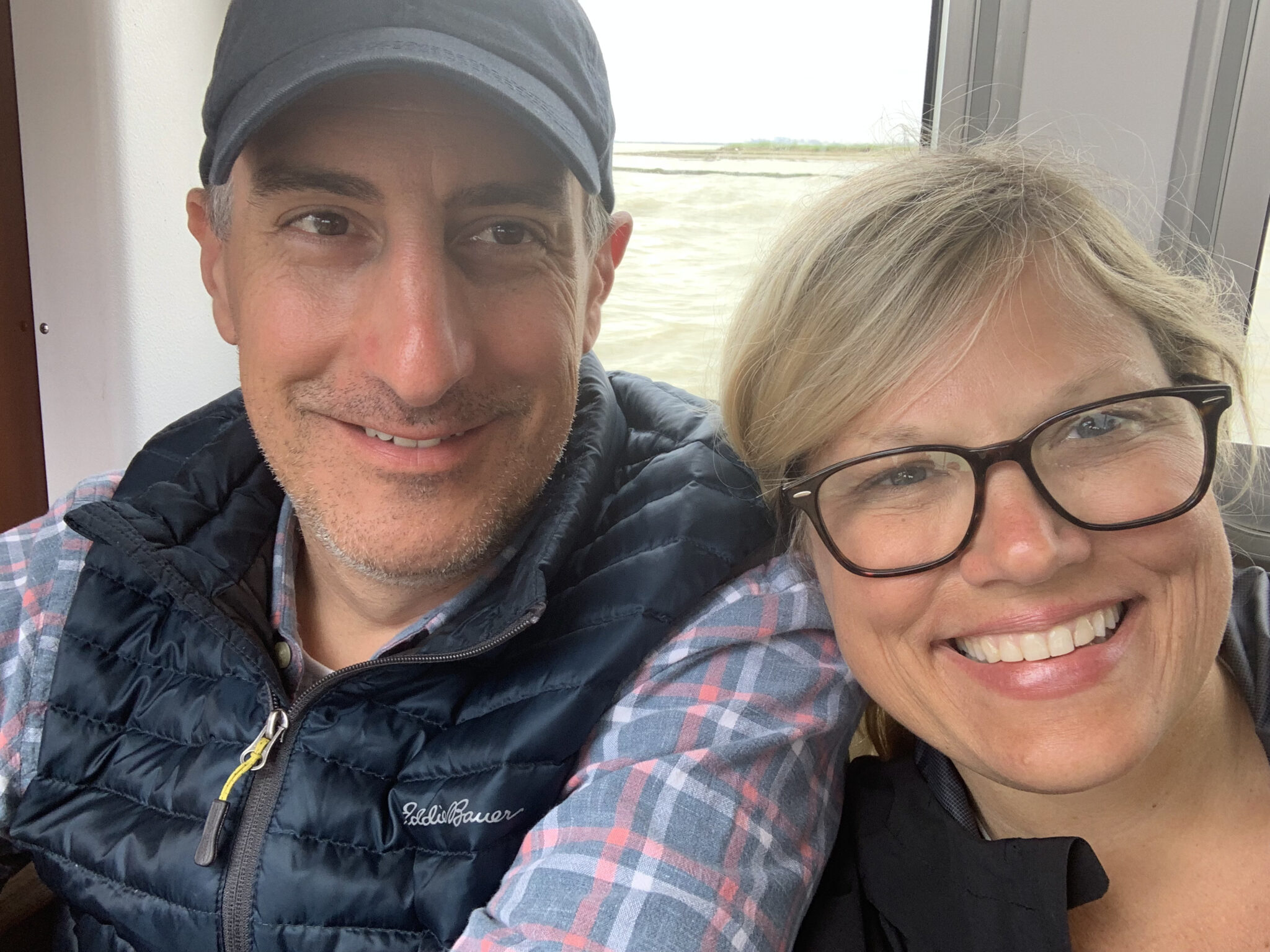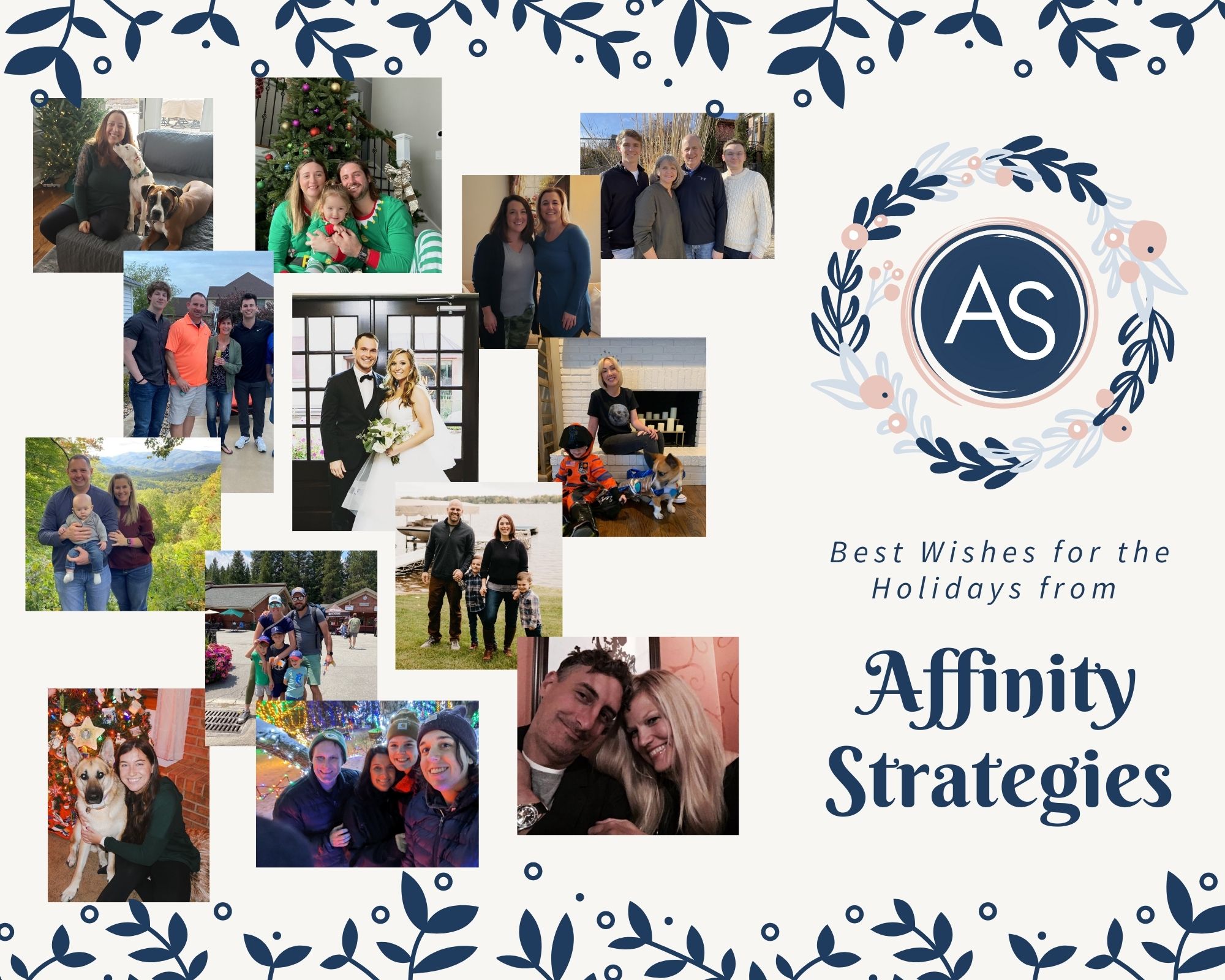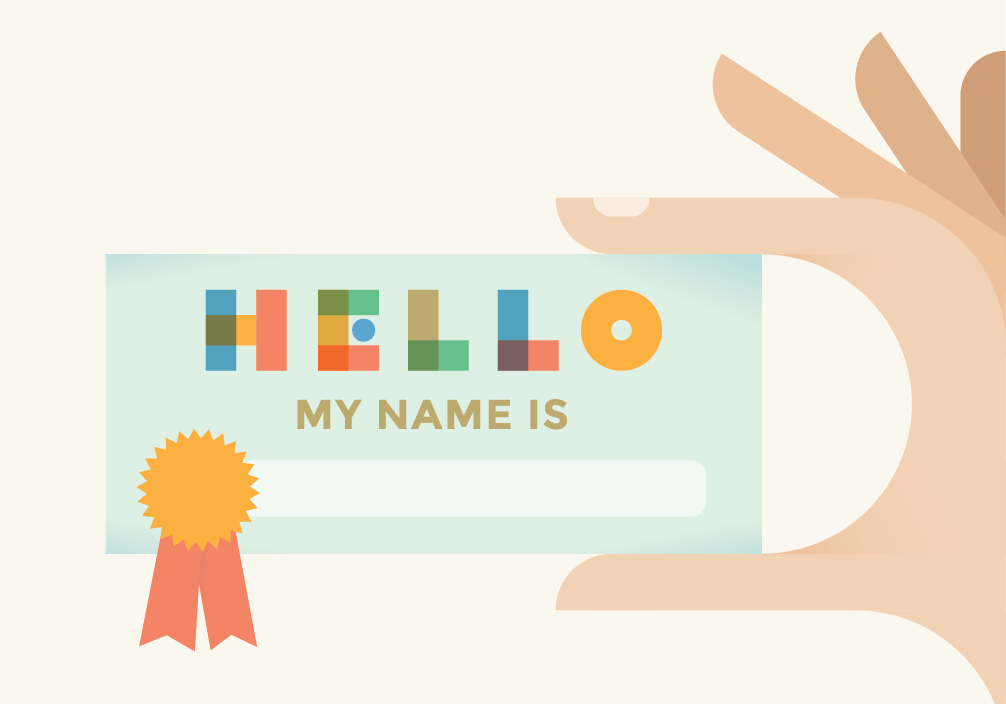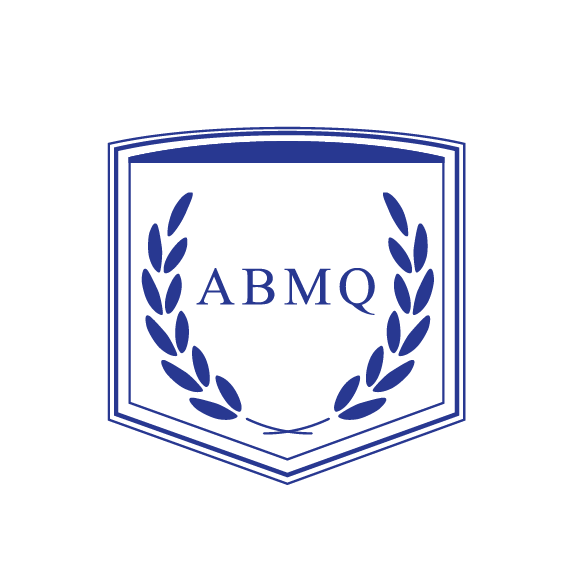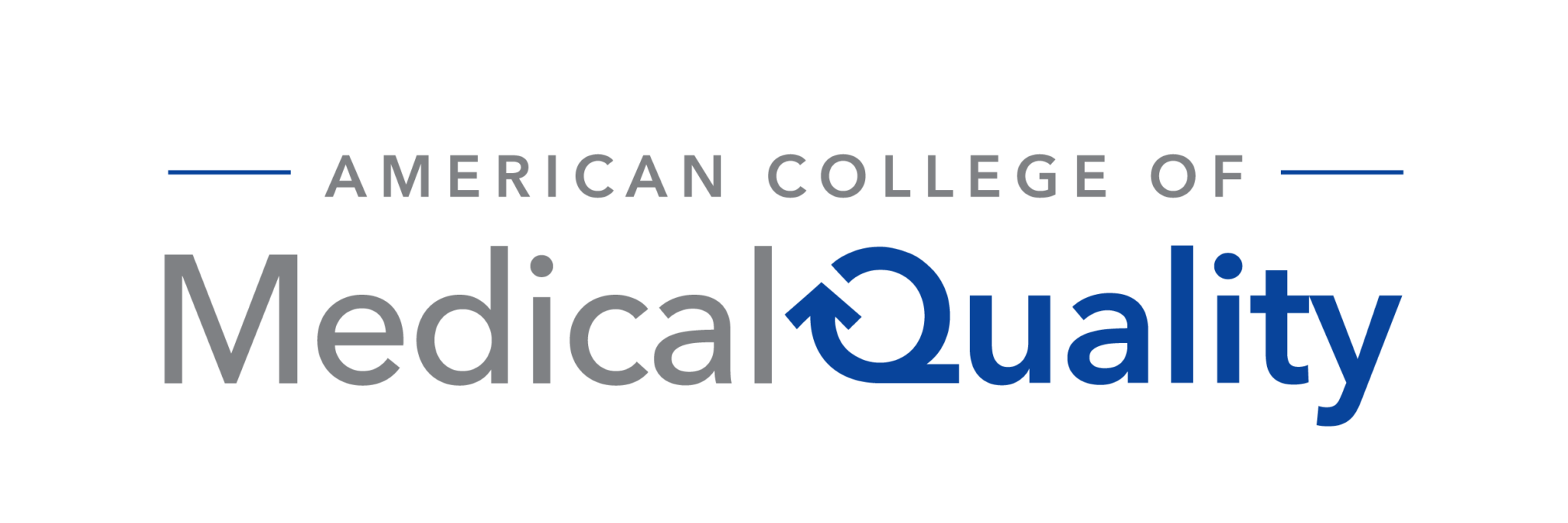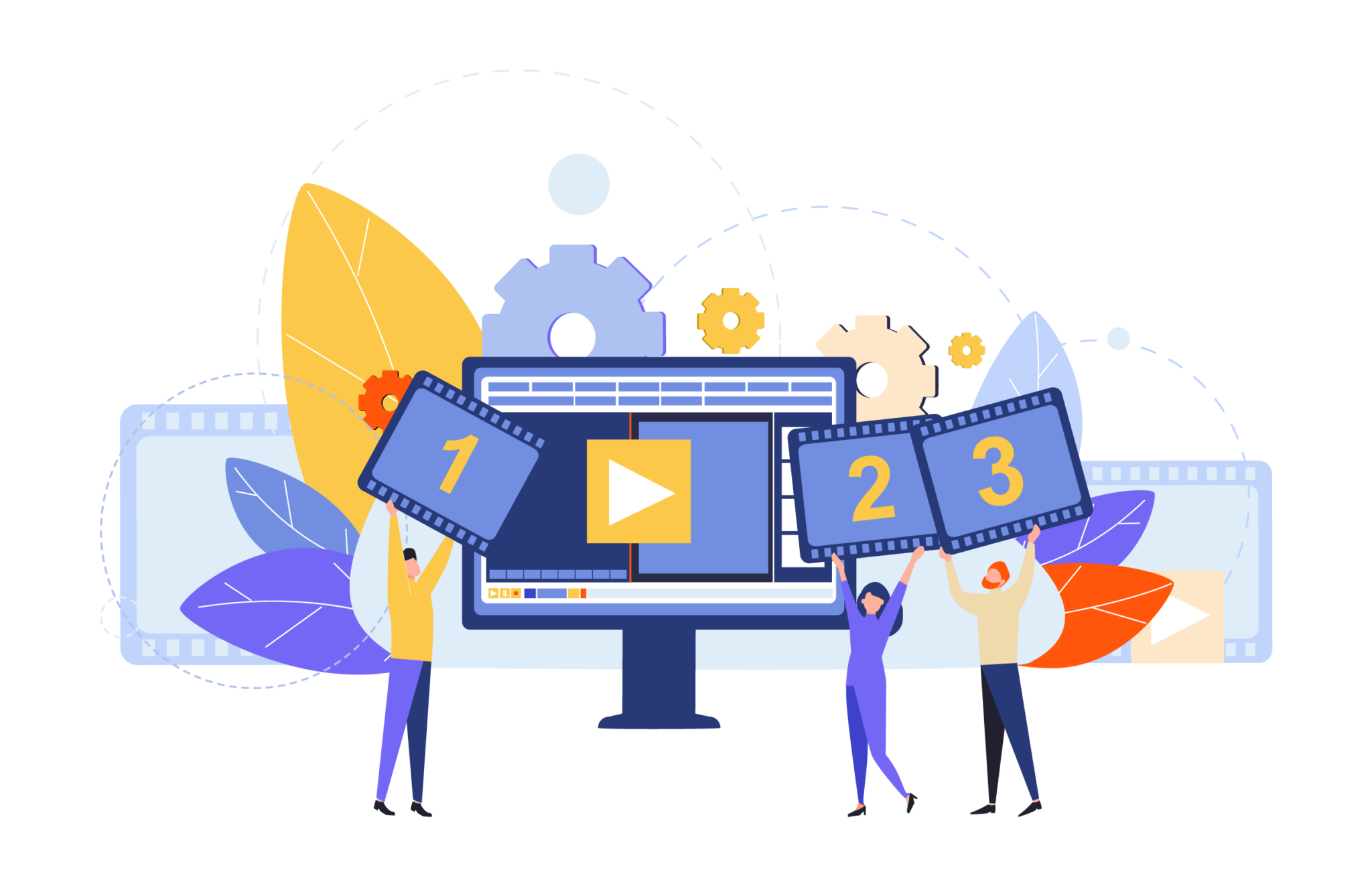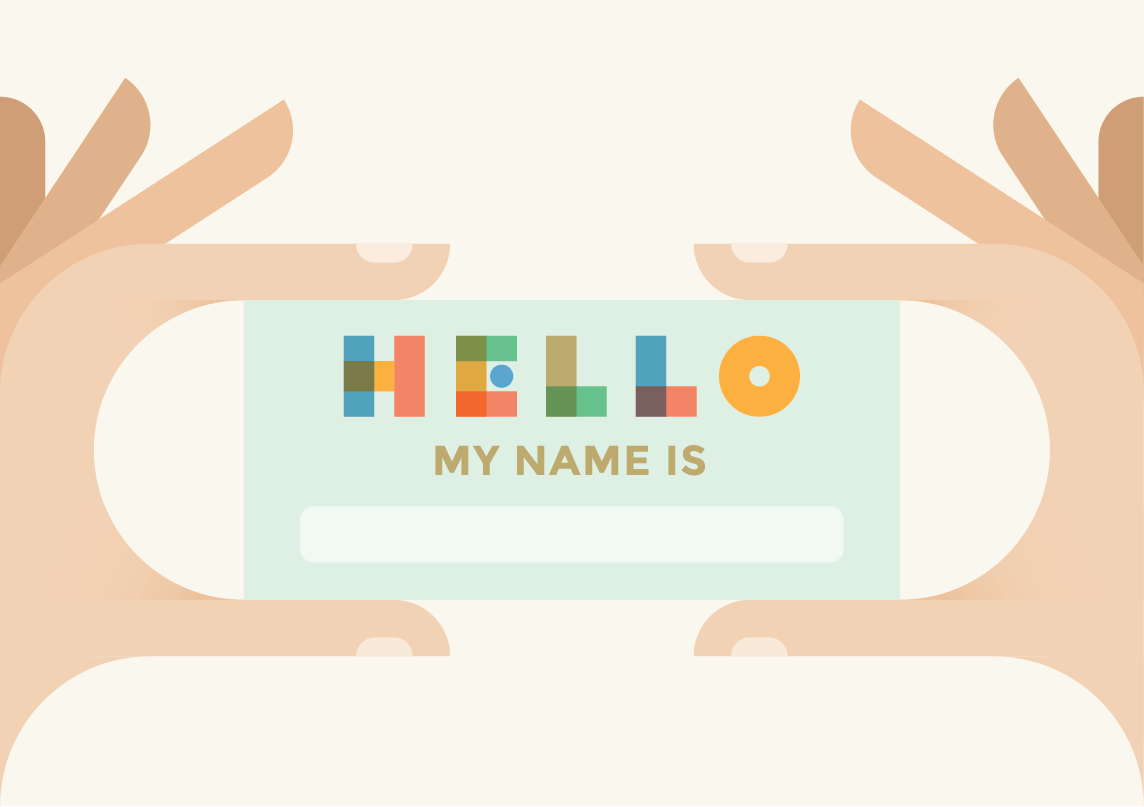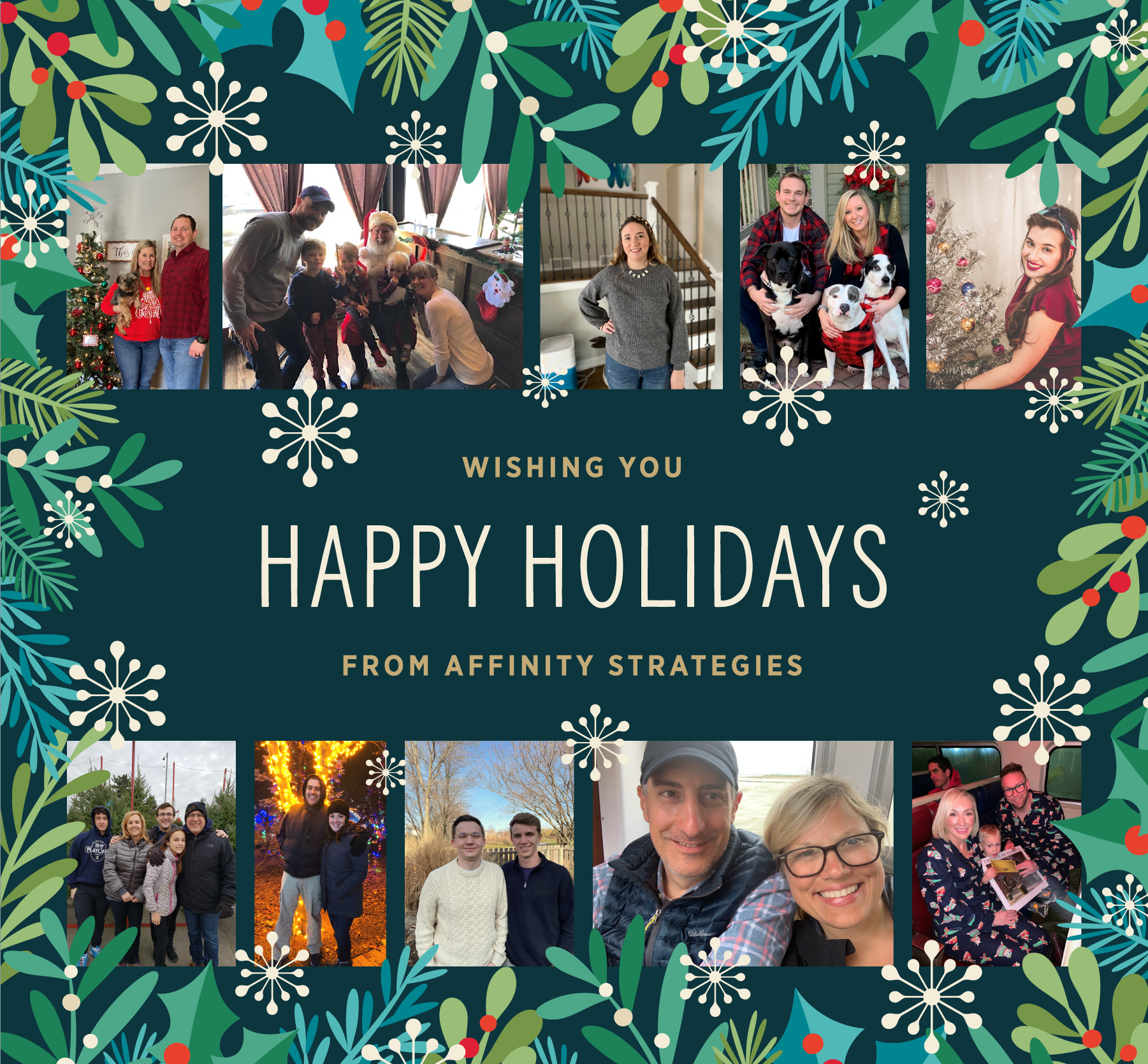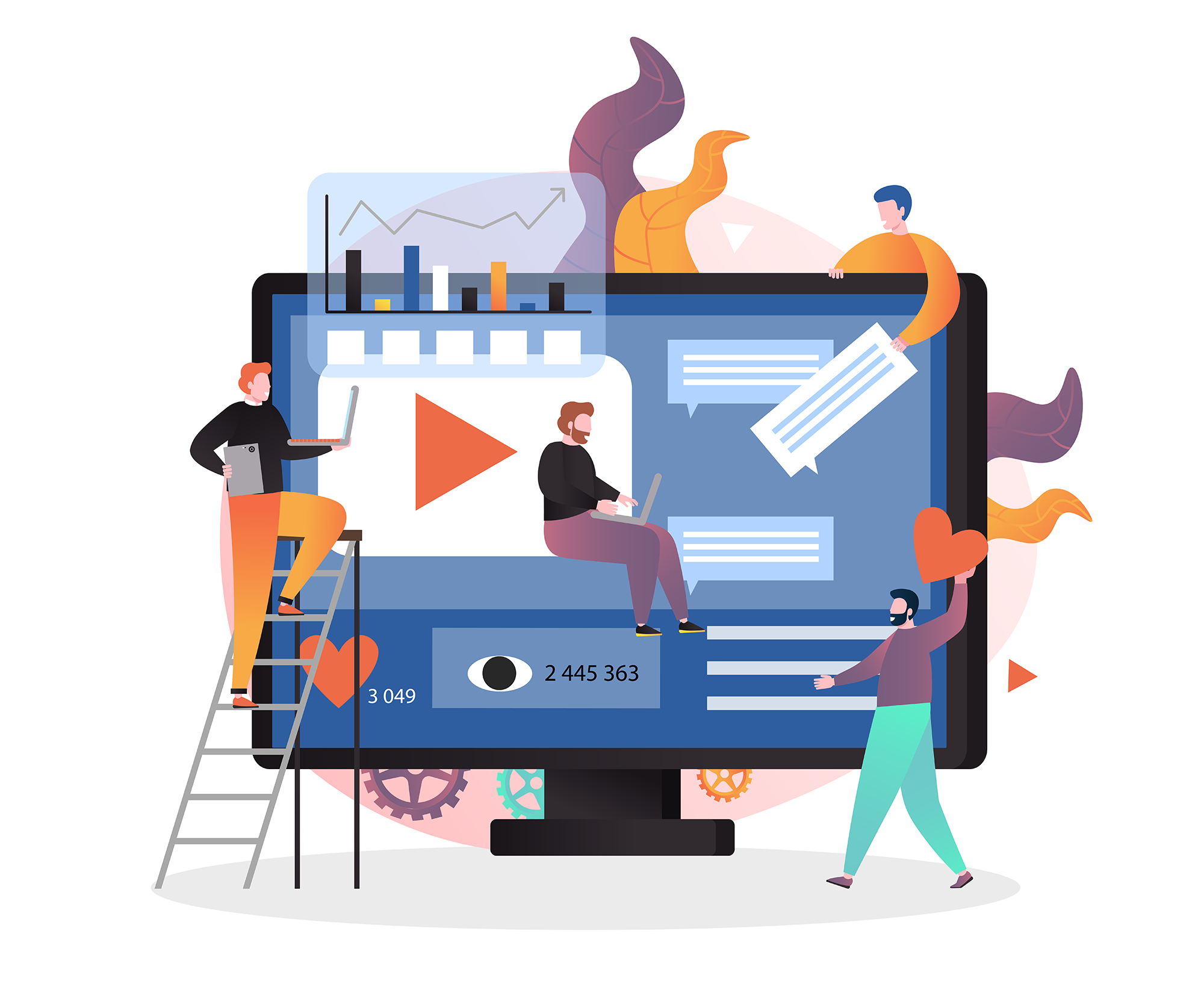

Last year, like many associations, the Society for Vascular Ultrasound (SVU) had made the difficult decision to turn their face-to-face annual conference and marketplace into a virtual event. The event was originally scheduled to be held in New Orleans in August, but with all the risks involved with COVID-19 the right decision to make was to change the event to virtual.
This decision had impact across all areas of the event, but the one particular item that I needed to be how to generate value for the sponsors and exhibitors.
Start with What You Know
As part of the team organizing the event, I had a lot of information. I knew what software platform we were going to use for the virtual event. I knew what sponsors and exhibitors had already committed to for the face-to-face event and what money we had already received. I knew why the large majority of sponsors and exhibitors chose to participate in the face-to-face event and what their goals were. All of this was very important information to dive into as it influenced the types of opportunities that were considered for the virtual event.
Key Learnings:
- Identify your major sponsors and spend the most time making sure their needs are met.
- Understand what has already been committed and what dollars are already in the bank to determine if this is a new sales effort or more of a retention/roll-over to the virtual event effort. Your tone and communication style should change based on your current state of affairs.
- Have detailed conversations with your software technology partners to understand what they offer that will provide value to sponsors and exhibitors. You can only offer that which is available to your sponsors and exhibitors so knowing this up front is critical.
Create Your List of Opportunities
In the case of SVU, we were fortunate to have around 80% of what was budgeted already contracted. That meant that my main job was to convince those contracted companies that the new virtual event would provide the same, if not greater, value than they would have received at the face-to-face event. This required a fantastic list of new virtual opportunities. In order to develop this list, I did a lot of research and a lot of listening. I participated in so many webinars my computer got tired (and so did my eyes), but it was worth the time I invested. Between the ideas I discovered and my own creativity, I was able to come up with a great list of options. At this time, they were simply options as I needed to see what we could implement and, most importantly, what the companies would find valuable. I used the list of benefits that companies would have received for the face-to-face event as a guide of sorts as. Those offerings were originally purchased for a reason, so it made sense to try and replicate and enhance those benefits for the virtual event.
Key Learnings:
- Don’t be afraid to borrow other people’s ideas and tweak them to fit your situation.
- Don’t limit your offerings at the start. Instead, develop a list with as many as possible so you don’t miss out on anything that might prove valuable. You don’t have to offer all of them, but it is better to think creatively as you never know what a good fit might be.
- Use the benefits of the offerings that were already purchased to develop some substitutes when going virtual.
Confirm the Opportunities
Once the expansive list of potential opportunities was created, we needed to make sure we had the tools to implement them. For the most part, the ideas we came up with were possible through our current vendor. There were a few items such as sponsored retargeting that were not, so we had to do a cost-benefit analysis before deciding to outsource
The rationale for figuring out what we could actually offer to sponsors before talking to those who were already committed was making sure our offerings were something we could deliver on. If not, I felt that would undermine my credibility and diminish the value of the conversation and communication. During all sponsorship conversations, I asked if there was anything else, they would like me to consider. I truly wanted it to be a “we are in this together” conversation which the sponsors appreciated.
Key Learnings:
- It is critical to understand when your platform will be ready to use and the true functionality it will have. Technology is our friend until it isn’t. When commitments are made to people with timelines attached, they don’t want to hear about technological delays.
- Sponsors are going to have a lot of questions, so be as prepared as possible to answer them. This is just as new for them as it is for you and they will look for you to be the expert on what is being delivered.
- If you provide the right value, you can price offerings the same for a virtual event as you can for a face-to-face event.
Communicate & Sell
Based on the conversations with our tech vendor and our primary sponsors, I was able to finalize our list of offerings. It was finally time to reach out to sponsors and exhibitors to get them to recommit for the virtual conference. Even though I had talked to many of them while we were coming up with our list of offerings, there were still a ton of questions. Many wanted to know what their presence would look like. I realized that I hadn’t given them anything that showed what they would receive. Once some examples of their presence were developed, in conjunction with our partners, the conversations went a lot smoother.
Key Learnings:
- Make it easy for sponsors and exhibitors to submit deliverables. They may be delivering things to you that they’ve never had to before, so it is helpful to create a simple way for them to know what is due when and in what format.
- Be prepared to show prospects what they are going to receive. Even though it is a virtual event, there are still ways to show them their presence.
- Develop a plan on how you will provide more value to higher-level sponsors and exhibitors than to lower-level ones. In the virtual world, this can be a bit more challenging but is equally as important.
Scott has over 20 years of marketing experience in the association and publishing industries. Before starting his consulting firm, he worked for market leaders like National Geographic Society, AARP, and Science. Throughout his career Scott has excelled in developing, implementing, and analyzing multi-channel direct marketing programs. He is highly skilled in creating effective membership, marketing, and sales programs with the ability to align resources and operations to consistently achieve and exceed goals.


